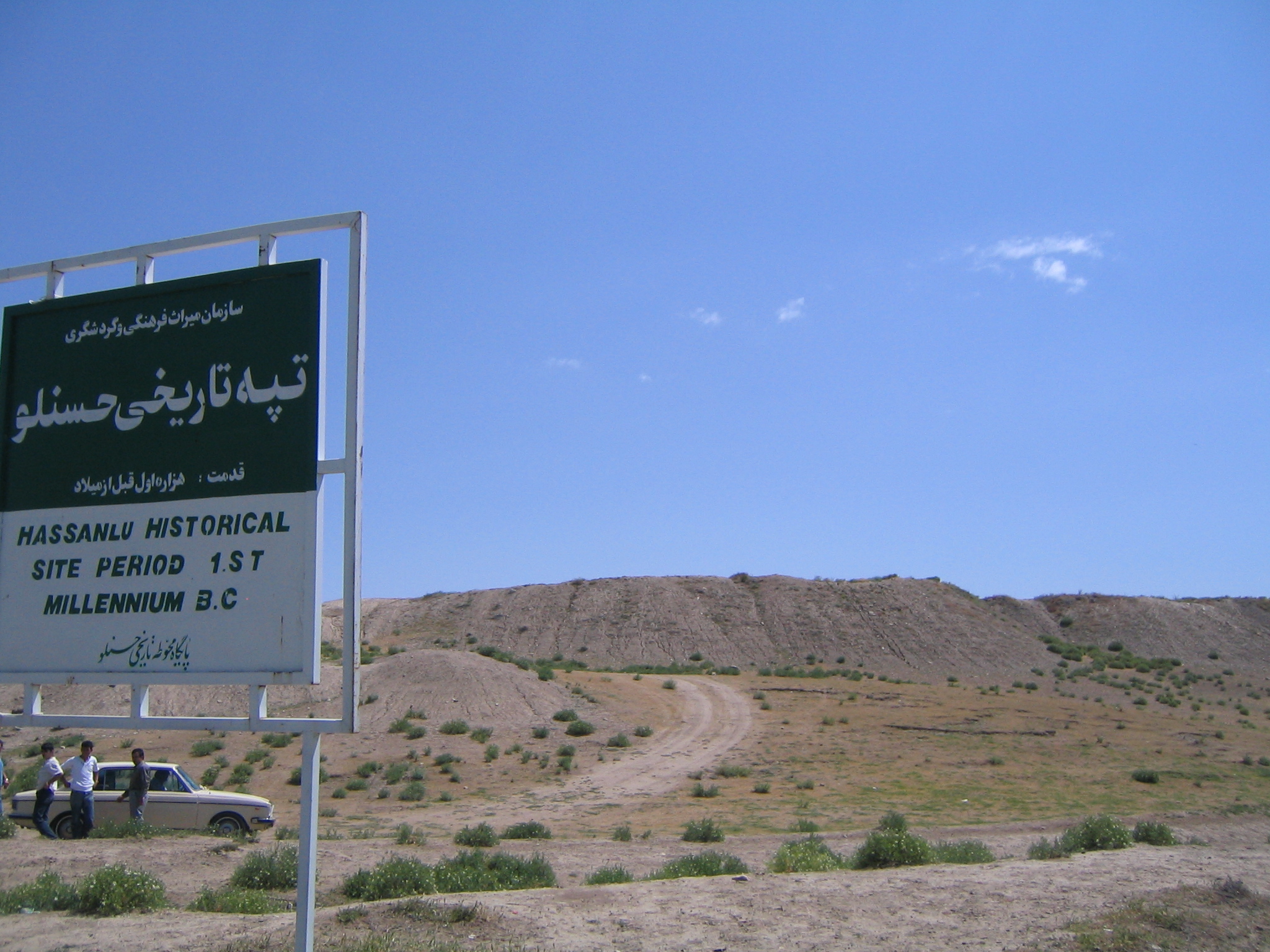تصویر : تپه حسنلو
استان:
آذربایجان غربیاطلاعات تکمیلی:
توضیحات:
تپهٔ حسنلو که در ۷ کیلومتری شهر نقده قرار دارد، یکی از تپههای باستانی ایران است که قدمت آن به بیش از ۶ هزار سال قبل از میلاد میرسد. معروفترین اثر باستانی یافت شده در این محل جام طلای حسنلو است که به عصر آهن تعلق داشته و در موزه ایران باستان نگهداری میشود. تپه باستانی حسنلو در ۱۲ کیلومتری جنوب غربی دریاچه ارومیه، و ۹ کیلومتری شمال شرقی شهرستان نقده بین دهکدههای امینلو و حسنلو واقع شدهاست. این تپه به خاطر نام دهکده مجاورش حسنلو نام گرفتهاست. تپههای باستانی زیادی پیرامون تپه حسنلو را فرا گرفتهاند و گویا هنگام آبادی حسنلو و تمدن عظیمش تمدنهای دیگری نیز با این تپه در تماس بودهاند و هم دوره تمدن حسنلو بوجود آمدهاند. میتوان گفت در اطراف تپه حسنلو، به طور تقریبی ۱۴ تپه باستانی شناسایی شده است که نشان از آبادانی، آب و هوای مناسب و رشد فرهنگی انسانهای روزگار کهن در این ناحیه میدهد.[ حسنلو تپه بزرگ و مدوری به قطر تقریبی ۲۸۵ تا ۲۵۰ متر و ارتفاع ۲۰ متر از سطح رودخانه گدار میباشد. این تپه بین دو دهکده امینلو و حسنلو از طرف مغرب و مشرق قرار گرفتهاست. ساکنین اولیه تپه حسنلو احتمالاً قوم مناعی (مانائی) بودهاند که تمدن وسیع و درخشانی از خود به یادگار گذاردهاند. از اشیاء مکشوفه درین ت
دانلود این عکس